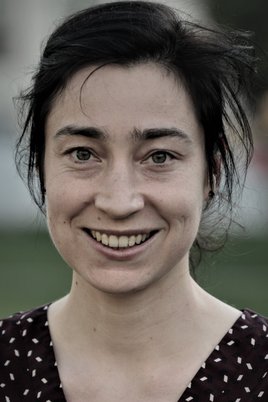Neuronal and neuropeptidergic mechanisms for flexible control of learning and memory

Our reactions to environmental cues strongly depend on their emotional and motivational values. Thus, hunger and associated rewards, can render otherwise neutral cues attractive, and drive our behavioral actions and our ability to learn and remember relevant information. The brain mechanisms that allow a sensory cue to trigger distinct cognitive and behavioral responses dependent on the emotional and motivational context are largely unknown. Here, I aim to reveal how cortical circuits that are key to learning and recognition of sensory information are regulated by emotions and motivation. Although classical GABAergic and glutamatergic synaptic circuits in the cerebral cortex form the backbone that processes sensory information, increasing evidence suggests that neuropeptides, released during specific motivational and emotional states like hunger and fear, dynamically control neuronal activity and communication in these synaptic circuits to adapt cognitive processes like learning and recognition. Neuropeptides and neuropeptide receptors in the cortex are expressed in highly cell type-specific patterns suggesting specialized functions for each neuropeptidergic pathway. My research will reveal how these neuropeptides differentially interact with cortical circuits to modulate learning and recognition of sensory information in the context of aversive and appetitive stimuli. I propose to focus on three poorly understood neuropeptide/receptor pairs, including the hypocretin receptor HCRTR2, the enkephalin receptor DOR and the PACAP receptor PAC1. Based on previous literature, I hypothesize that these neuropeptides are differentially released in response to rewarding and aversive stimuli. Furthermore, based on the distinct cell-type specific expression patterns of their receptors in the mouse and human cortex, I predict that the release of these neuropeptides results in differential recruitment of circuit motifs within the cortex that determine how sensory information is processed and stored for later memory retrieval. In my recent work, I established novel strategies to form and test hypotheses about the functions of neuropeptides in mouse and human brains. In this proposal I will build on this expertise and use cutting-edge techniques to define the neuropeptidergic and circuit mechanisms that regulate cortical learning and recognition in vitro and in vivo. First, I will use genetic, electrophysiological and pharmacological techniques to determine the mechanisms through which neuropeptides modulate cortical circuit activity and plasticity in vitro. I will then combine genetic and pharmacological techniques with in vivo imaging to reveal how these neuropeptidergic mechanisms regulate cortical processing of sensory information in the presence of rewarding and aversive stimuli. Lastly, I will use genetic ablation of neuropeptide receptors as well as optogenetic and chemogenetic circuit manipulations to reveal how neuropeptides and their cellular signaling pathways in the cortex regulate learning and recognition of sensory information in different emotional/motivational contexts using aversive and appetitive learning paradigms. My multidisciplinary approach allows me to bridge molecular mechanisms and behavioral/cognitive functions of neuronal circuits to reveal how emotions and motivation enhance learning and recognition of sensory information.